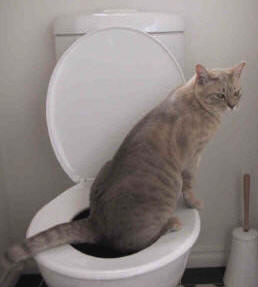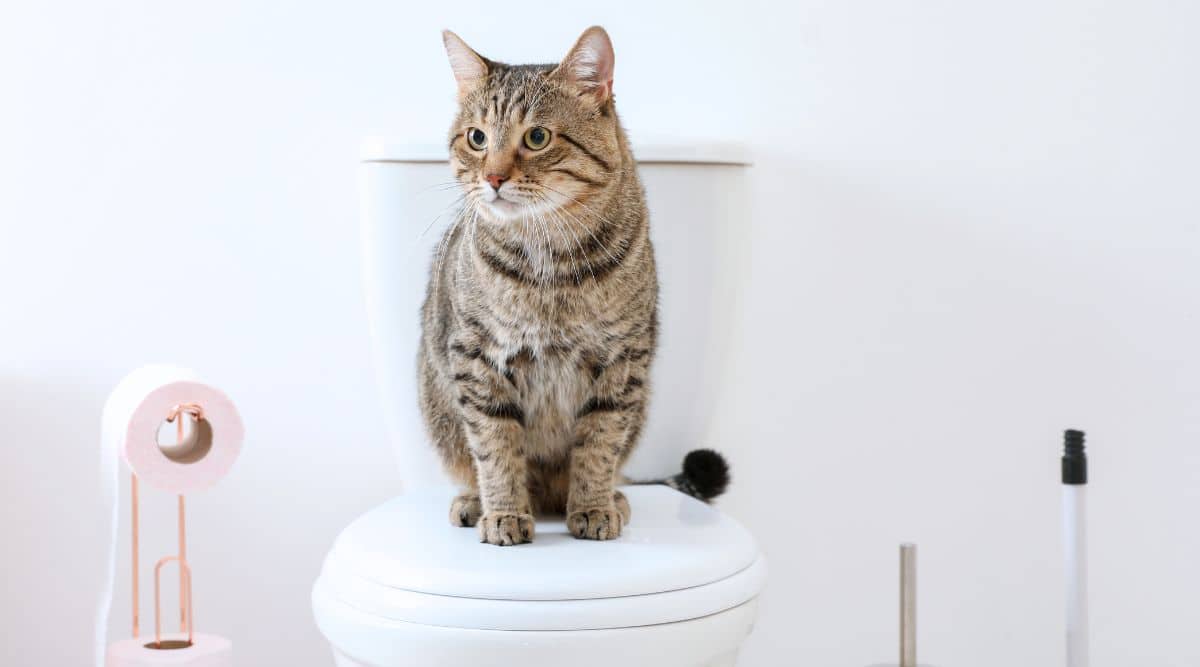On this page down the page you'll find lots of helpful news involving How to Dispose of Cat Poop and Litter Without Plastic Bags.

Intro
As feline proprietors, it's essential to bear in mind exactly how we deal with our feline pals' waste. While it might seem convenient to flush feline poop down the toilet, this method can have harmful effects for both the environment and human health.
Environmental Impact
Purging cat poop introduces unsafe pathogens and bloodsuckers right into the water supply, presenting a considerable risk to aquatic environments. These pollutants can adversely affect aquatic life and compromise water top quality.
Wellness Risks
Along with ecological worries, purging feline waste can likewise posture health and wellness threats to people. Pet cat feces might include Toxoplasma gondii, a parasite that can trigger toxoplasmosis-- a potentially extreme ailment, particularly for expecting women and individuals with damaged immune systems.
Alternatives to Flushing
Thankfully, there are much safer and a lot more accountable methods to get rid of pet cat poop. Consider the following alternatives:
1. Scoop and Dispose in Trash
One of the most typical technique of disposing of pet cat poop is to scoop it into a naturally degradable bag and throw it in the trash. Make certain to use a dedicated trash scoop and get rid of the waste without delay.
2. Use Biodegradable Litter
Opt for eco-friendly pet cat trash made from materials such as corn or wheat. These clutters are eco-friendly and can be securely dealt with in the garbage.
3. Hide in the Yard
If you have a yard, consider hiding cat waste in an assigned location far from vegetable gardens and water resources. Make sure to dig deep sufficient to prevent contamination of groundwater.
4. Install a Pet Waste Disposal System
Buy an animal waste disposal system particularly created for pet cat waste. These systems use enzymes to break down the waste, decreasing odor and ecological impact.
Conclusion
Accountable pet ownership expands beyond offering food and sanctuary-- it also includes proper waste management. By avoiding flushing cat poop down the toilet and selecting alternate disposal approaches, we can reduce our ecological impact and protect human health.
Why Can’t I Flush Cat Poop?
It Spreads a Parasite
Cats are frequently infected with a parasite called toxoplasma gondii. The parasite causes an infection called toxoplasmosis. It is usually harmless to cats. The parasite only uses cat poop as a host for its eggs. Otherwise, the cat’s immune system usually keeps the infection at low enough levels to maintain its own health. But it does not stop the develop of eggs. These eggs are tiny and surprisingly tough. They may survive for a year before they begin to grow. But that’s the problem.
Our wastewater system is not designed to deal with toxoplasmosis eggs. Instead, most eggs will flush from your toilet into sewers and wastewater management plants. After the sewage is treated for many other harmful things in it, it is typically released into local rivers, lakes, or oceans. Here, the toxoplasmosis eggs can find new hosts, including starfish, crabs, otters, and many other wildlife. For many, this is a significant risk to their health. Toxoplasmosis can also end up infecting water sources that are important for agriculture, which means our deer, pigs, and sheep can get infected too.
Is There Risk to Humans?
There can be a risk to human life from flushing cat poop down the toilet. If you do so, the parasites from your cat’s poop can end up in shellfish, game animals, or livestock. If this meat is then served raw or undercooked, the people who eat it can get sick.
In fact, according to the CDC, 40 million people in the United States are infected with toxoplasma gondii. They get it from exposure to infected seafood, or from some kind of cat poop contamination, like drinking from a stream that is contaminated or touching anything that has come into contact with cat poop. That includes just cleaning a cat litter box.
Most people who get infected with these parasites will not develop any symptoms. However, for pregnant women or for those with compromised immune systems, the parasite can cause severe health problems.
How to Handle Cat Poop
The best way to handle cat poop is actually to clean the box more often. The eggs that the parasite sheds will not become active until one to five days after the cat poops. That means that if you clean daily, you’re much less likely to come into direct contact with infectious eggs.
That said, always dispose of cat poop in the garbage and not down the toilet. Wash your hands before and after you clean the litter box, and bring the bag of poop right outside to your garbage bins.
https://trenchlesssolutionsusa.com/why-cant-i-flush-cat-poop/

As a person who reads on How to Dispose of Cat Poop and Litter Without Plastic Bags, I imagined sharing that piece of content was a good idea. Appreciated our blog posting? Please share it. Let someone else locate it. We value reading our article about How to Dispose of Cat Poop and Litter Without Plastic Bags.
Call Today